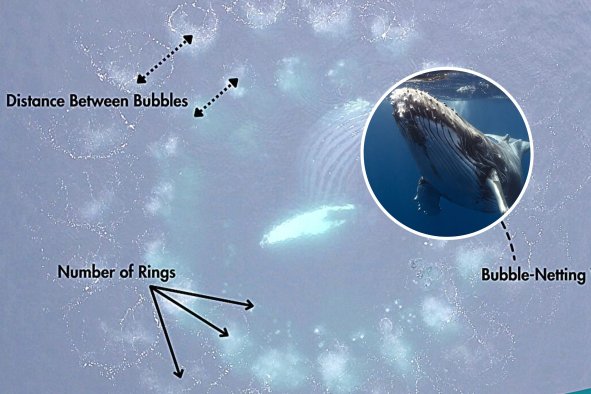As efforts step up to protect coastal regions affected by erosion, scientists have found an unexpected way to protect communities—zapping the shoreline with electricity.
In a study published in the journal Communications Earth and the Environment, researchers from Northwestern University demonstrated the novel technique to strengthen marine sand, potentially offering a sustainable solution to combat erosion caused by climate change and rising sea levels.
"Over 40 percent of the world's population lives in coastal areas," Alessandro Rotta Loria, who led the study, said in a statement.
"Because of climate change and sea-level rise, erosion is an enormous threat to these communities. Through the disintegration of infrastructure and loss of land, erosion causes billions of dollars in damage per year worldwide," he said.
The team drew inspiration from marine life such as clams and mussels—creatures that naturally use dissolved minerals in seawater to construct their shells.
The researchers used these same minerals to create a natural cement between sand grains, but with a twist: they employed electrical energy instead of metabolic processes.
The method involves applying a mild electrical current to sea-soaked sand, which triggers chemical reactions that convert naturally occurring minerals into solid calcium carbonate, magnesium hydroxide or hydromagnesite.
These minerals act as binding agents, effectively transforming loose sand into a rock-like substance.
"The use of natural cementation processes is not new for inland applications and is an active area of research for coastal applications," Andres Payo, head of coasts and estuaries at the British Geological Survey, who was not involved in the study, told Newsweek.
"While there is merit to continue exploring these techniques, expectations need to be well managed, as the required transformational challenge around the world's coastlines is not just more cement to hold the line."
Current mitigation strategies—such as building sea walls or cement injections—often come with an expensive price tag and can be damaging to the environment.
"Not only do these methods cost tremendous amounts of money per kilometer, but they might not even last. Oftentimes, they can suffer damage and even collapse," Rotta Loria told Newsweek.
The new technique aims to address these challenges without breaking the bank or the ecosystem.
Laboratory experiments showed promising results across various types of sand, including common silica, calcareous and iron sands, highlighting the versatility of the technique.
The process is nearly instantaneous, although longer electrical stimulations produce more substantial outcomes.
"We have noticed remarkable outcomes from just a few days of stimulation," Rotta Loria said. "Then, the treated sand should stay in place without needing further interventions."
Importantly, the method is both eco-friendly and reversible, posing little threat to marine life and allowing for the dissolution of the solidified sand if needed.
Cost estimates suggest significant savings compared to conventional methods. The electrical cementation process costs approximately $3 to $6 per cubic meter of treated ground, whereas traditional binding techniques can cost up to $70 for the same volume, the team said.
"The applications of this approach are countless," Rotta Loria said.
"We can use it to strengthen the seabed beneath sea walls, stabilize sand dunes and retain unstable soil slopes. We could also use it to strengthen protection structures, marine foundations and so many other things. There are many ways to apply this to protect coastal areas."
The research team now plans to conduct field tests to validate the technique's effectiveness in real-world conditions.
"The way we envision doing this in practice is to use electrically conductive geotextiles—essentially fine metal grids that can conduct electricity," Rotta Loria said.
"Of course, we are right at the beginning of this kind of research. Everything looks promising, but as usual, I expect there will be some challenges to doing this in practice."
Do you have a tip on a science story that Newsweek should be covering? Do you have a question about coastal erosion? Let us know via science@newsweek.com.
References
Landivar Macias, A., Jacobsen, S. D., & Rotta Loria, A. F. (2024). Electrodeposition of calcareous cement from seawater in marine silica sands. Communications Earth & Environment, 5(1), 1–11. https://doi.org/10.1038/s43247-024-01604-3
Disclaimer: The copyright of this article belongs to the original author. Reposting this article is solely for the purpose of information dissemination and does not constitute any investment advice. If there is any infringement, please contact us immediately. We will make corrections or deletions as necessary. Thank you.




